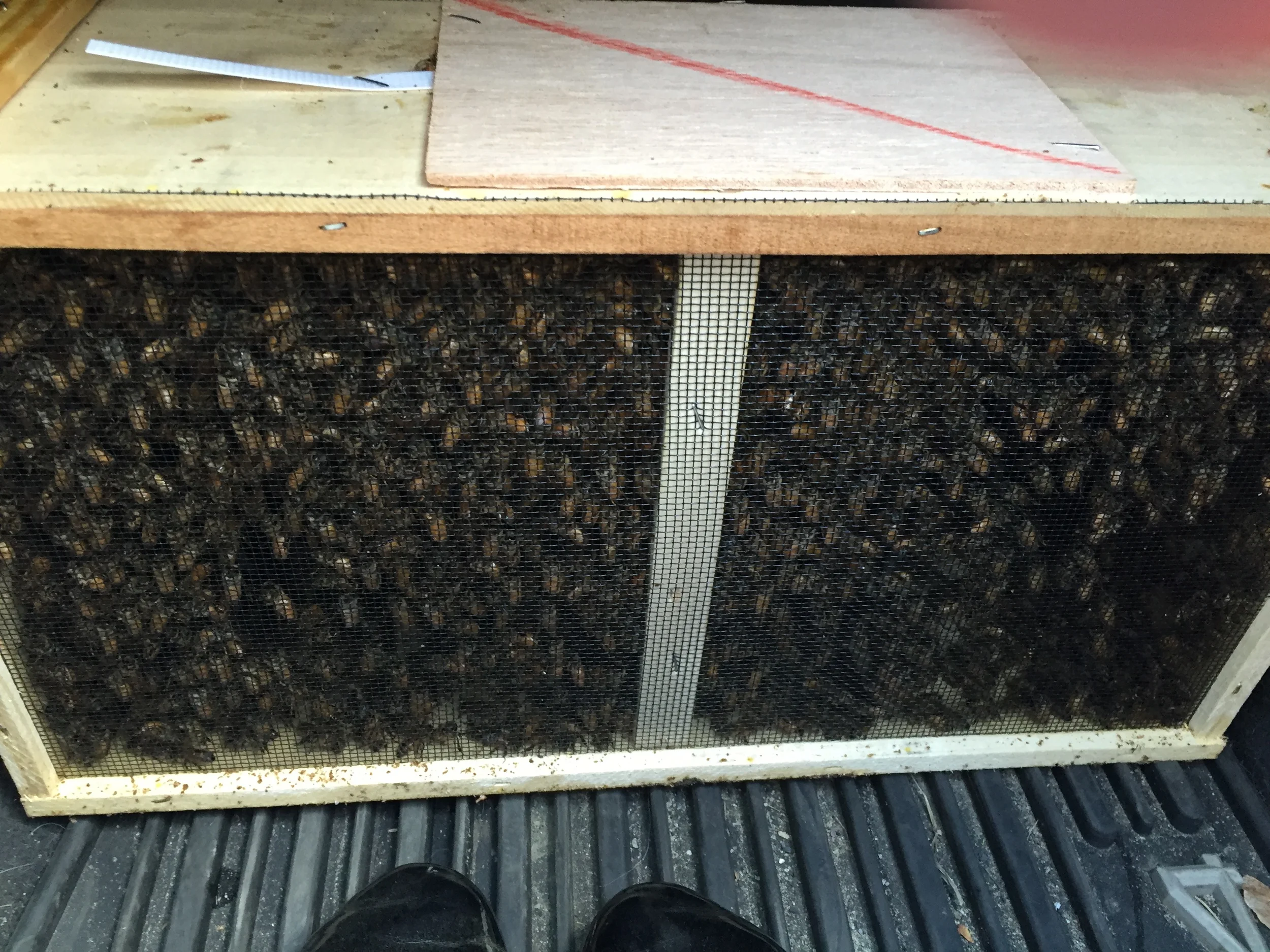The term CSA has been around since the late 1980s, brought to the United States by a couple of farmers from Switzerland. It has become widely popular in Vermont in the last five years with nearly 100 CSAs offered throughout the state.
A CSA refers to a particular network, or association of individuals, who have pledged to support one or more local farms, with growers and consumers sharing the risks and benefits of food production. CSA members, or subscribers, pay at the onset of the growing season for a share of the anticipated harvest; once harvesting begins, they periodically receive shares of produce. In addition to produce, some CSA shares may include additional farm products like honey, eggs, dairy, fruit, flowers and meat.
It has become a norm in our community, asking friends and neighbors not if they are getting in on a CSA, but which one they will support this year. Having expanded our growing space by nearly 400 square feet and armed with the data of how much food we grew last year, my husband and I made the leap and decided to offer our own nano size CSA to close friends. That whole responsibility trait I have doesn't allow me to take on projects I can't complete so I pondered this one for some time. Seems I overthought it though because I sold out the eight shares I made available in just a day. Friends were clamoring to support this endeavor and I already have a waiting list for next year.
With the purchase of a share, they invested $100 in Grow More Beets. This allowed us to procure the lumber and soil needed for new raised beds, the seeds and herb plants to fill them and the apple baskets I will use for packaging and delivery. The intention is to share the food we grow here in Jericho with the friends that took the leap of faith with us, hopefully in excess of the value of their initial contribution.
A CSA by definition is a double-edged sword. Your investment could mean that you 'benefit' by a bumper crop or you could be taking the 'risk' in the case of a poor growing season. With the arrival of 21 bantam chicks in a few weeks, we hope to add value by sharing eggs in addition to herbs and produce. The great thing about signing up for a share with me is that if Mother Nature has plans that put a damper on the harvest, I've got access to enough craft beer to keep my friends happy.
We started early this year, installing winter covers and planting seeds six weeks earlier than I ever have before. We typically wait to plant the garden until Memorial Day weekend here in Vermont since we have been known to have snow right up until the end of May. Good thing I had those covers because I was clearing snow off the spinach three weeks after it was planted. The existing beds are full of life already and the newly built 20' x 2' beds are chock full of seeds. I plan to take Mondays off throughout the growing season ~ due to my super awesome and totally flexible boss ~ when I will harvest, package and deliver the shares to my amazingly supportive inaugural members.
It's been an interesting shift in my gardening practice. I am thinking about my dear friends with each seed I plant. Putting intention into the ground that this food will be feeding eight families in addition to my own. I've been to all their homes and shared meals around their dinner tables. I have a vision for where the food that I grow will land. Although this scale feels massive for me, I doubt other growers offering CSAs throughout the state know all the tables where their food will be consumed or the configuration of the kitchen where it will be prepared. Now that is community supported agriculture.
“Love and appreciation to my friends who made this possible:
Benny, Megan and Reily O’Brien
Ashely and James Bond
Heather, Nick and Max Perkov
Troy and Vicki Porter
Joanna Thomas and Drew Brinckerhoff
Rachel Jolly, Adam Walker and Shayna
Ann Reading
Dennis and Erin Wilson”
"True friends support you because they want to see you succeed."













































































